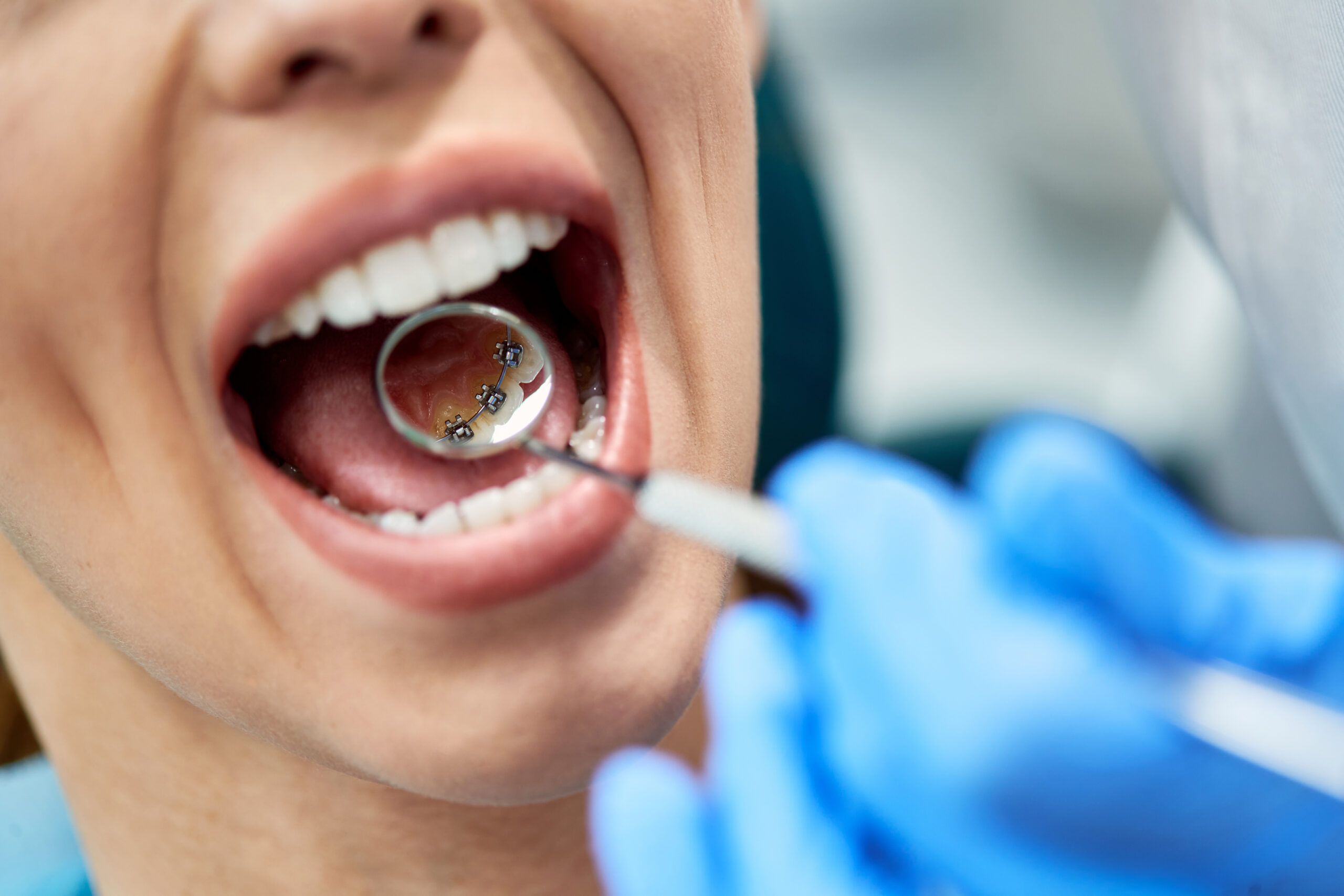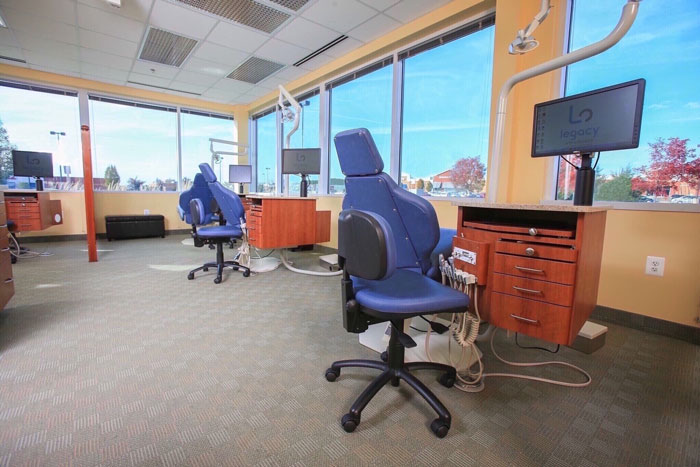All About Legacy Orthodontics
All About Legacy Orthodontics
Blog Article
Excitement About Legacy Orthodontics
Table of ContentsThe 4-Minute Rule for Legacy OrthodonticsAn Unbiased View of Legacy OrthodonticsThe Definitive Guide to Legacy OrthodonticsLegacy Orthodontics Can Be Fun For EveryoneLegacy Orthodontics for Dummies
In enhancement, we use flexible treatment schedules, flexible payment alternatives and an enjoyable, enjoyable experience.An orthodontist is a dentist educated to identify, prevent, and deal with teeth and jaw abnormalities. They correct existing problems and are trained to recognize troubles that might develop in the future. Orthodontists collaborate with people of every ages, from kids to grownups. Individuals usually link an ideal smile with healthiness.
Malocclusion, or misaligned teeth, can cause dental problems, including dental cavity, periodontal illness, and hard or agonizing chewing. Not everyone is born with straight teeth. If you have a poor bite or big spaces in between your teeth, you might desire to speak with a dental professional focusing on orthodontic care.
Excitement About Legacy Orthodontics
( Picture Credit Rating: DigitalVision/Getty Images) Orthodontists make use of taken care of and detachable oral devices, like braces, retainers, and bands, to change the setting of teeth in your mouth. Orthodontic treatment is for oral problems, consisting of: Uneven teethBite issues, like an overbite or an underbiteCrowded teeth or teeth that are as well far apartJaw misalignmentThe goal of orthodontic therapy is to boost your bite.
A healthy bite guarantees you can eat, chew, and talk effectively. While you might consider orthodontists as mainly for kids or teenagers that need dental braces, they can remedy dental issues at any type of age. Orthodontists participate in college, dental institution, and orthodontic institution. After graduation, they spend 2 or 3 years in an orthodontic residency program.
All orthodontists are dentists, yet not all dental practitioners are orthodontists. Orthodontic residency programs offer extensive, focused guideline for dental specialists. They concentrate on two areas: Just how to appropriately and securely move teeth Exactly how to properly assist growth in the teeth, jaw, and faceOnce an orthodontist has completed training, they have the alternative to end up being board accredited.
Legacy Orthodontics Can Be Fun For Anyone
Imbalance, or malocclusion, is one of the most typical reason people see an orthodontist. It is hereditary and is the result of dimension distinctions between the upper and lower jaw or in between the jaw and teeth. Malocclusion brings about tooth congestion, an irregular jaw, or irregular bite patterns. Malocclusion is typically treated with: Your orthodontist connects metal, ceramic, or plastic square bonds to your teeth.
Some individuals require a headgear to assist move teeth into line with stress from outside the mouth. A retainer is a custom-made tool that maintains your teeth in area.
They're most typically made use of on youngsters. They can create additional room in the mouth without having to draw teeth. If you have a severe underbite or overbite, you could require orthognathic surgery (additionally called orthodontic surgical treatment) visit this web-site to lengthen or reduce your jaw. Orthodontists make use of wires, medical screws, or plates to sustain your jaw bone.
You may need to see an orthodontist if you have: Crowding or otherwise enough space for all of your teethOverbite, when your top teeth come over your bottom teethUnderbite, when your bottom teeth are too much forwardSpacing or issues with gapsCrossbite, which is when your top teeth fit behind your bottom teeth when your mouth is closedOpen bite or a vertical space between your front base and upper teethMisplaced midline, when the center of your base and upper teeth do not align Correcting an oral malocclusion can: Make biting, chewing, and talking easierImprove the symmetry of our face and your general appearanceEase discomfort from temporomandibular joint disordersDifferent your teeth and make them less complicated to clean up, aiding prevent dental cavity or cavities It's typically a dental professional who initially notifications misaligned teeth throughout a regular examination.
The Best Strategy To Use For Legacy Orthodontics

During your very first orthodontic consultation, you'll likely have: An oral examPhotos taken of your face and smileDental X-raysPanoramic (360 degree) X-rays of your face and headImpressions to produce mold and mildews of your teethThese examinations will certainly help your orthodontist recognize exactly how to proceed with your therapy. leesburg braces. An orthodontist is a dental professional that's had training to treat your teeth and jaw
Orthodontists may perform surgical procedure, exams,X-rays,and more to aid you obtain a much more comfortable, healthier smile. An orthodontist is focused on your bite, so something like a chipped tooth would certainly be dealt with by a dentist. Orthodontists are dental experts but not all dentists are orthodontists. Orthodontists are focused on your bite, or the means your teeth fit together, and the straightness of your teeth.
Ever asked yourself how celebs always seem to have flawlessly lined up teeth? Orthodontists are oral specialists that concentrate on dealing with irregularities in the teeth and jaws.
Our Legacy Orthodontics Ideas

, orthodontists have a varied toolkit at their disposal. These tried-and-true braces use a system of brackets bound to the teeth and linked by cables.
Clear aligners, like Invisalign, are a prominent option for individuals looking for a much more very discreet therapy choice. These detachable trays are customized to gradually shift the teeth's setting. Headgear might be made use of together with braces or aligners to use added targeted pressures, especially for correcting jaw inconsistencies. In cases of narrow jaws, palatal expanders can be utilized to create room for correct tooth placement.
Report this page